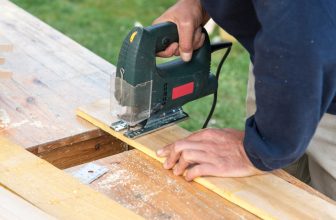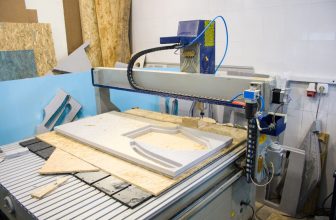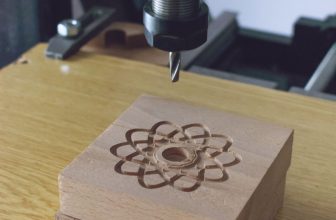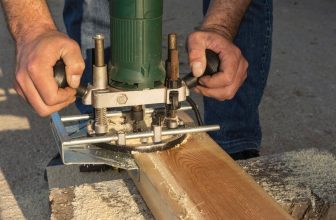Contents
Veneer has built up a bit of a bad reputation.
Often associated with cheap and peeling furniture, the term veneer has been tainted by its use to describe low-cost laminates. However, it might be time for a rethink.
Wood veneer is a term used to describe thin slices of wood.
These slices are often attached as the front piece to a low-cost yet durable base.
Veneer can be used as an attractive laminate alternative and a durable alternative to solid wood.
Learn more about wood veneer, including why this material might be suitable for your home, with this guide to what wood veneer is.
What Is Wood Veneer?
Wood veneer is a thin slice of wood, typically between 1/8“ thick and 1/40” thick, although some options are sliced even thinner.
This layer of wood is then applied to a sturdier and cheaper base layer, such as particle board.
The veneer provides an improved finish to a durable base material at a reduced cost compared to solid wood.
Veneer refers specifically to the thin slice of wood; a raw veneer will have no backing.
Due to the slicing process, a raw veneer can be used with either side facing out.
Other types of veneer include paper-backed veneer and wood on wood veneer. These do have a backing and can only be used with one side up.
To create veneer, logs of wood first need to be soaked in vats of hot water. This prepares the wood for being sliced.
Leaves of veneer are then carefully cut from the log before being dried. Different saws can produce a different finish to the veneer.
Veneers can either be purchased with a backing layer, or as a raw sheet. There are advantages to both options when working in the home.
While raw veneer has the benefit of versatility, backed veneer can be easier to work with and purchase.
The term veneer is often used to refer to laminate, which is partly why it has developed a negative connotation.
However, while laminates are similar to wood veneers, they aren’t made from natural wood.
Instead, laminates are typically layers of plastic or paper printed to resemble wood.
Advantages Of Wood Veneer
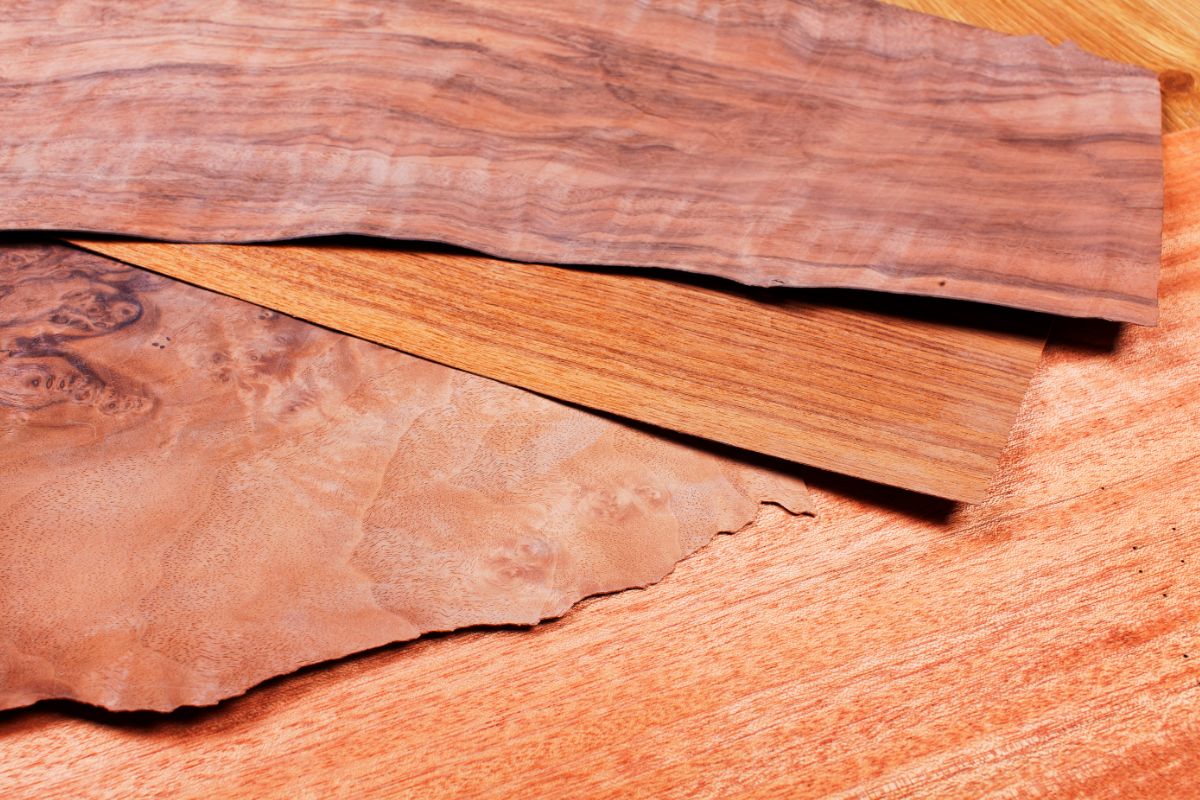
Although veneer might have a mixed reputation, there are many advantages to working with this material.
First, veneer is more durable than solid wood. Because veneers use a tough backing, they’re less susceptible to moisture.
Veneer furniture will often need less care to maintain an attractive finish. Veneers can even be used to improve the durability of solid wood.
The thin layers of veneer combined with glue can prevent cracking and warping with temperature changes.
Second, veneer is cost-effective.
The hardwood only makes up a small amount of the final panel, and the base layer typically consists of a cheaper material.
Customers can get a budget material with the look of premium hardwood.
There’s no need to choose between strength and appearance with veneer: this material can do both.
Veneer has many of the same properties as hardwood. Veneer can be stained and finished to a high degree of quality.
In many cases, to the casual eye, a good veneer will be indistinguishable from solid lumber.
Unlike laminate, which serves a similar function, veneers are a natural product. They can also be made non-toxic and free from VOCs.
For many, this makes veneer preferable to laminate for use in the home. The thin flexibility of wood veneer makes it an incredibly versatile material.
Typically, we associate veneer with doors and furniture, but its uses stretch far beyond this.
Veneer can be employed for signage, musical instruments, transportation such as aircraft and yachts, and even home crafts.
One reason for the versatility of veneer is that it isn’t severely affected by changes in temperature.
Without the expanding and contracting found in solid wood, wood veneer can be used to make smaller mechanisms.
Finally, veneer can be seen as an eco-friendly material.
The thin slices help to maximize the potential of timber, producing numerous sheets and vastly increasing the yield.
A log that only produces a few 1” boards will produce significantly more when being used for veneer.
This is particularly useful when using rare, exotic woods. Veneer will also extend the life of the backing board.
Wood veneer applied to plywood can increase the lifespan of the plywood, as well as its versatility.
An extended lifespan reduces the total impact a material has on the environment.
Disadvantages Of Wood Veneer
While there are many advantages to wood veneers, there are some disadvantages.
Although less susceptible to moisture than solid wood, veneers can still be damaged by exposure to water.
A sealant must be used to prevent this, particularly if the wood veneer is likely to come into contact with water.
Working with wood veneer can also be difficult, especially when compared to easy-to-use laminates.
Achieving a perfect finish can be tricky, and requires a skilled hand in many cases. Working with raw veneers, in particular, can be challenging.
Once installed, wood veneers need more maintenance than laminates. In many ways, they have to be treated like solid wood.
Regular polishing is necessary to improve durability and keep up the finish.
Unlike solid wood, when wood veneer becomes cracked or damaged, it cannot be easily repaired.
Solid wood can be sanded to remove surface-level damage. However, because veneer is already thin, it can’t be repaired this way.
Finally, wood veneer is available in a range of finishes, but also in a range of qualities.
Poorly prepared wood veneer will often look worse than a high-quality laminate.
Final Thoughts
The thin slices of wood used to create wood veneer make this a versatile and durable material.
Wood veneer is often used because it can provide a quality wood finish at a lower cost, although there are some downsides to using this product.
However, wood veneer is definitely a material worth considering for use around the home.




